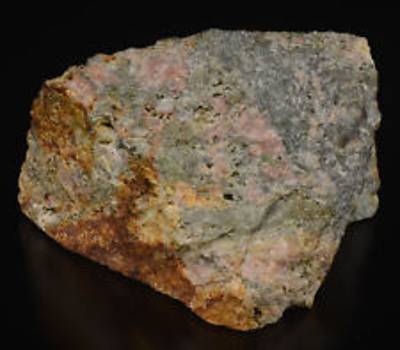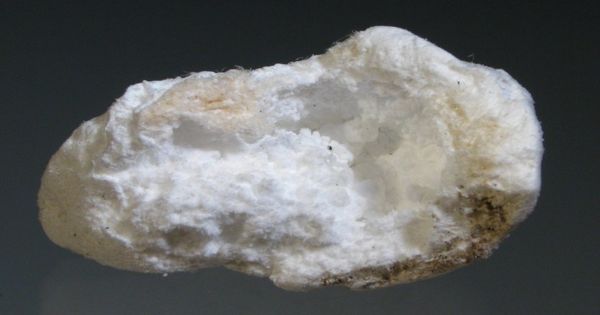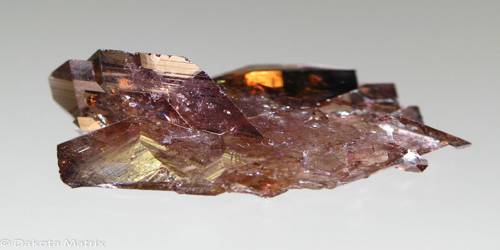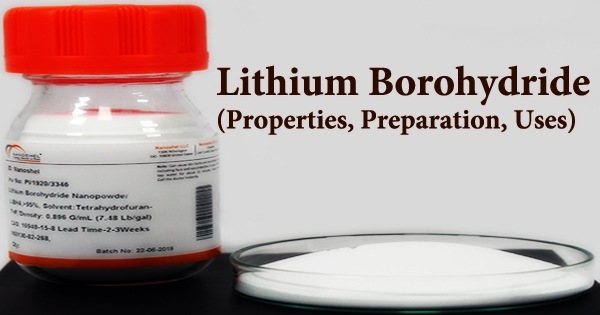Calaverite, or gold telluride, is an uncommon telluride of gold, a metallic mineral with the chemical formula AuTe2, with approximately 3% of the gold replaced by silver. It was first discovered in Calaveras County, California in 1861, and was named after the county in 1868. It was named after the place of its occurrence – Calaveras Co., California, USA.
The mineral often has a metallic luster, and its color may range from a silvery white to a brassy yellow. It is closely related to the gold-silver telluride mineral sylvanite, which, however, contains significantly more silver. Another AuTe2 mineral is krennerite. Calaverite and sylvanite represent the major telluride ores of gold, although such ores are minor sources of gold in general.
General Information
- Category: Telluride mineral
- Formula: AuTe2
- Crystal system: Monoclinic
- Crystal class: Prismatic (2/m) (same H-M symbol)

Properties
Calaverite can be identified in the field by its color variations such as yellow and yellowish white. Its opaque form has no cleavage. This mineral has a metallic luster with the green streak. The fracture of this mineral is brittle – conchoidal. The density of calaverite is 9.04 g/cm3 with a hardness of 2.5 – approximate to the finger nail. It is non-fluorescent.
- Formula mass: 452.17 g/mol
- Color: Brass yellow to silver white
- Crystal habit: Bladed and slender striated prisms, also massive granular
- Twinning: Common on [110]
- Cleavage: None
- Fracture: Uneven to subconchoidal
- Tenacity: Brittle
- Mohs scale hardness: 2.5-3
- Luster: Metallic
- Streak: Green to yellow grey
- Diaphaneity: Opaque
- Specific gravity: 9.1-9.3
Calaverite occurs as monoclinic crystals, which do not possess cleavage planes. It has a specific gravity of 9.35 and a hardness of 2.5. Calaverite can be dissolved in concentrated sulfuric acid. In hot sulfuric acid, the mineral dissolves, leaving a spongy mass of gold in a red solution of tellurium.
Occurrence:
Calaverite occurrences include Cripple Creek, Colorado, Calaveras County, California, US (from where it gets its name), Nagyag, Romania, Kirkland Lake Gold District, Ontario, Rouyn District, Quebec, and Kalgoorlie, Australia.
Calaverite occurs in veins in low-temperature hydrothermal deposits, but also in medium and high-temperature deposits. It is often associated with minerals such as altaite, krennerite, tennantite, rickardite, arsenopyrite, coloradoite, tetrahedrite, sphalerite, pyrite, stibnite, other sulfides, and other tellurides.
Information Source:
















